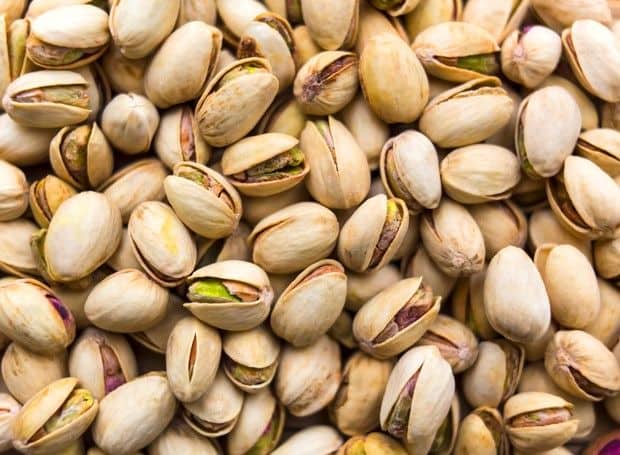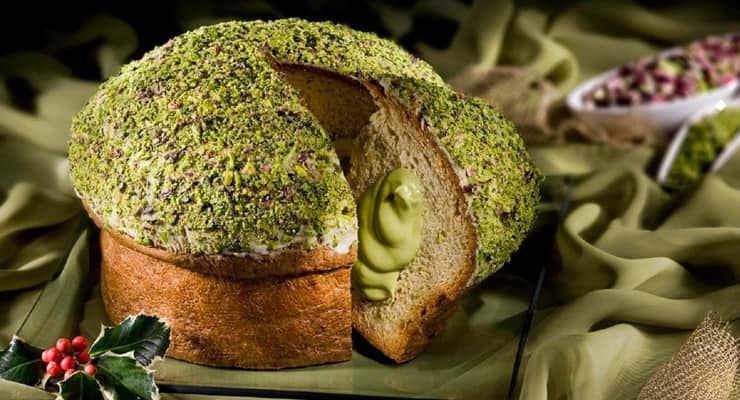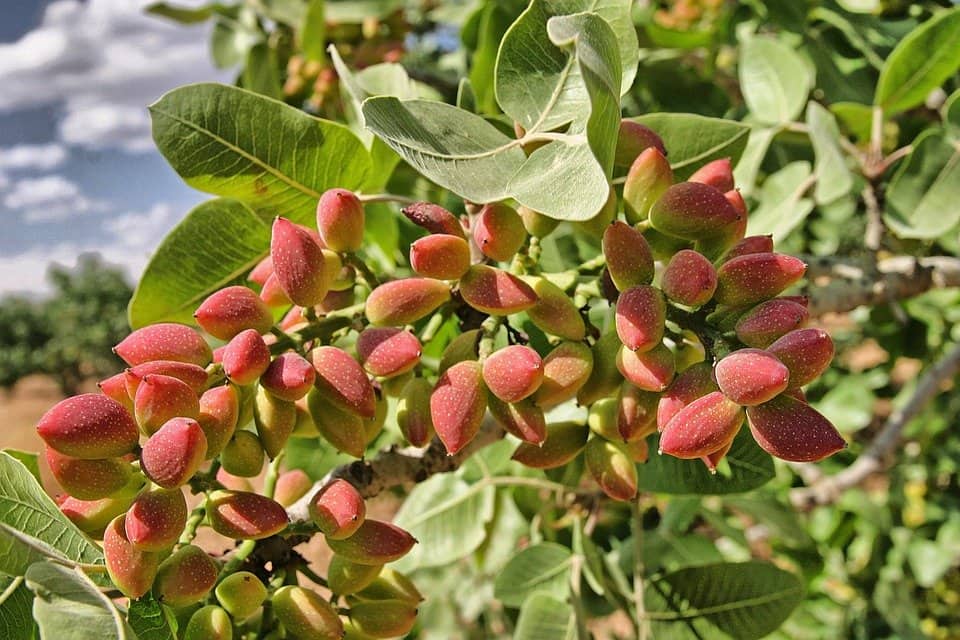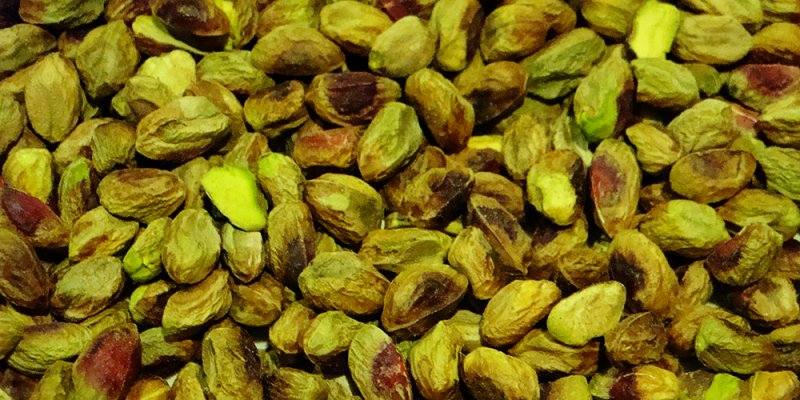
The Origins

Bronte, the Capital of Pistachio

In 2009 the Bronte pistachio obtained the Protected Designation of Origin PDO. It is cultivated on the slopes of Etna, where the lavic soil, continuously fertilized by volcanic ash, makes its unique and unrivaled taste: in fact, Bronte's pistachio is sweet, delicate, and the skin is purple but the color is intense green. It is recommended to eat it fresh, without salting or roasting because shells are manually selected. There are many uses of this ingredient for both salty and sweet recipes.
At Christmas time, it is well known and desired by everyone the panettone with pistachios frosting, pieces of them and pistachios cream for the stuffing.
Plantation and Production

About the author
Written on 23/12/2020



Eleonora Monaco
The green gold of Sicily, famous and appreciated all around the world, the king of ice cream flavors, his majesty the Pistachio